Property Inspections
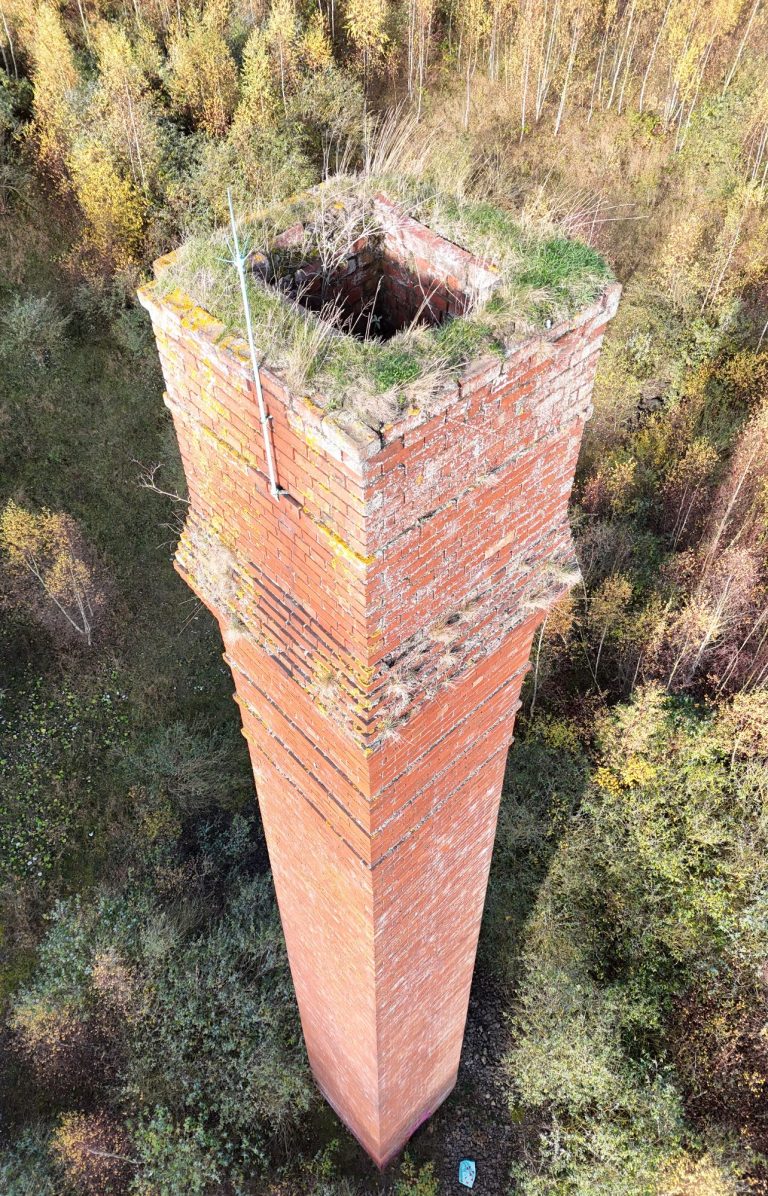
Using drones for inspections offers numerous benefits, particularly in enhancing safety, efficiency, cost-effectiveness, and time savings.
Drones can access hard-to-reach or hazardous locations without putting human inspectors at risk, significantly improving safety standards. They provide high-resolution imagery and data collection, allowing for quicker assessments and reducing the time spent on inspections.
This efficiency translates into lower operational costs, as fewer resources are required for manual inspections.
Additionally, drones can cover large areas rapidly, enabling faster decision-making and reducing downtime, making them an invaluable tool in various industries.
Residential Inspections

Drone technology has changed the way we inspect homes, providing a safer and quicker option compared to old-fashioned methods.
Drones can easily fly around buildings, which means there’s no need for heavy equipment like ladders or scaffolding and creates much less hassle for homeowners.
The live view from the drone can direct specific attention to any areas of particular interest and simultaneously gather detailed pictures and video.
Using drones is also better for the environment, as it helps lower the carbon emissions often connected with traditional inspections.
Having a drone inspection, homeowners get a fast and eco-friendly way to take care of their properties.
Commercial
Inspections
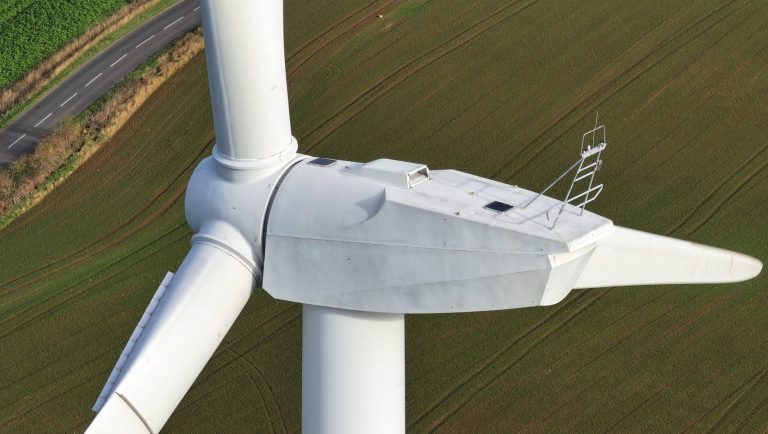
Commercial structure inspections have significantly evolved with the advent of drone technology, offering various advantages over traditional methods. One of the most notable benefits is that inspections can be conducted without the need for special access equipment, which not only reduces costs but also enhances safety for workers. Drones can easily navigate around and above structures, enabling a comprehensive examination without the risks associated with ladders, scaffolding, or harnesses.

Furthermore, drone inspections are remarkably fast, allowing for the gathering of high-resolution imagery and data in a fraction of the time it would take using conventional techniques.
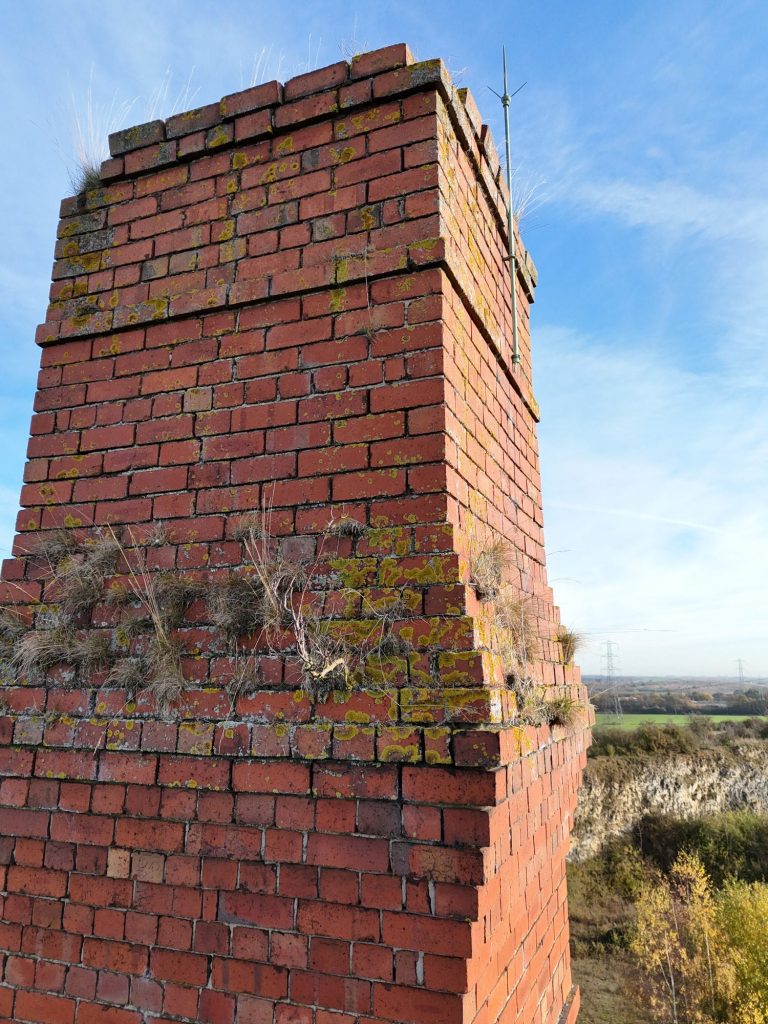
This speed doesn't compromise quality; instead, it empowers businesses to obtain vital insights quickly, enabling timely decision-making on maintenance or repairs. The versatility of drone technology ensures that a wide array of commercial structures, from warehouses to wind turbines can be assessed efficiently.
Another significant advantage of drone inspections is the ability to revisit and review findings in detail. The captured footage and data can be stored and analysed later, facilitating thorough evaluations that may reveal issues that were initially overlooked. This capability not only aids in creating comprehensive reports but also supports ongoing maintenance strategies, ensuring the longevity and safety of commercial structures.

Drones facilitate inspections without putting personnel at risk. Nobody needs to work at height, there is no contact with dangerous materials and since no contact with the structure is necessary there is no risk of anything becoming disturbed and falling.
Implementing drone technology not only accelerates and streamlines the inspection process but also protects the well-being of all individuals involved, ultimately contributing to a safer working environment.
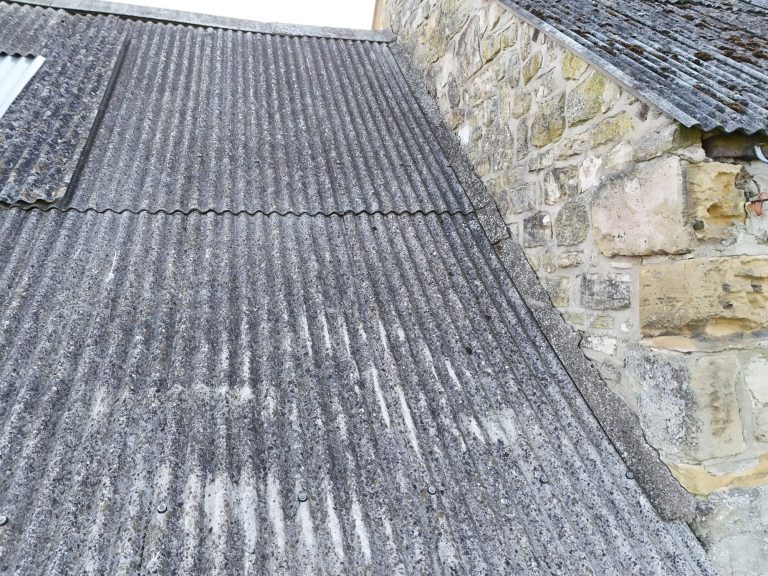
Solar Farms & PV Panels
Drones equipped with thermal cameras can quickly and effectively identify issues with solar panels.
This technology allows for the examination of large areas of solar installations in a significantly shorter time compared to traditional manual inspections.
As a result, organisations can save considerable labour costs while ensuring timely detection of potential problems.

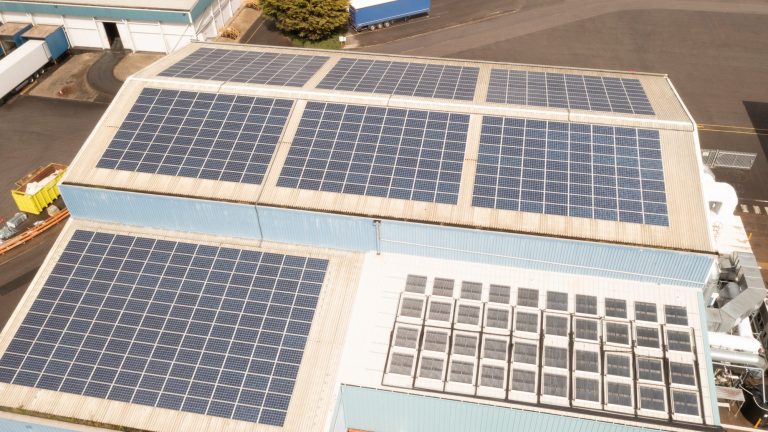
We need your consent to load the translations
We use a third-party service to translate the website content that may collect data about your activity. Please review the details in the privacy policy and accept the service to view the translations.






